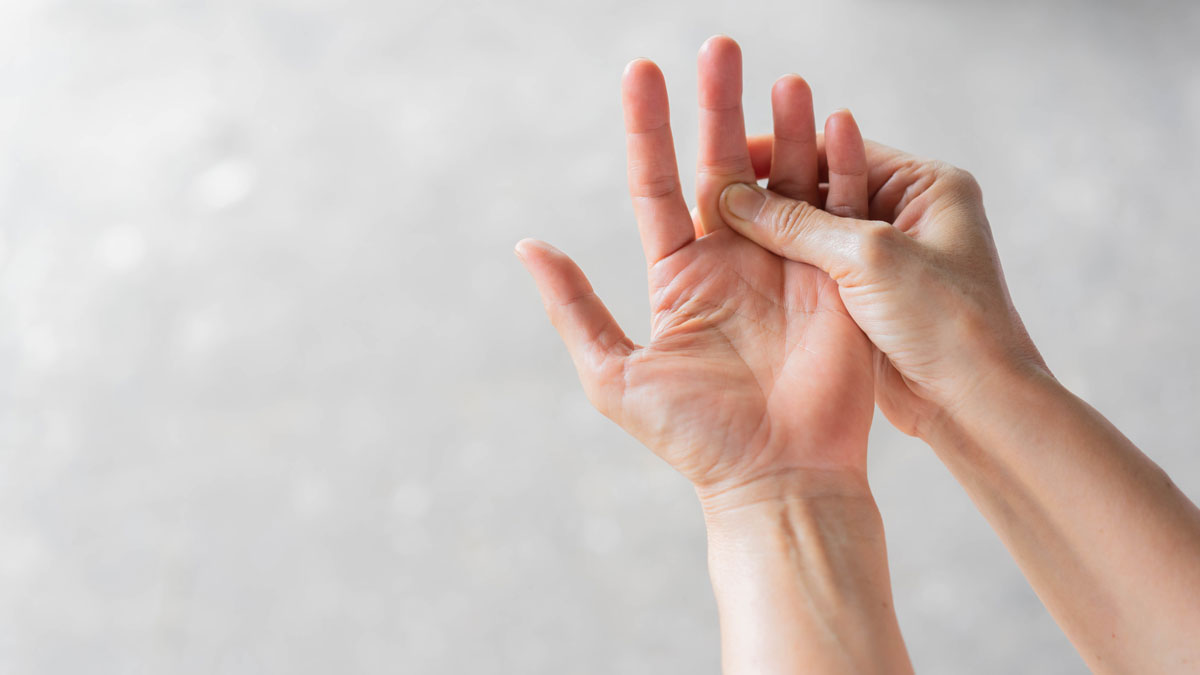Jenna, a 42 year old concert violinist, was developing significant pain in her fingers and knuckles in the palm of her hand while playing during an extremely stressful season. A physician diagnosed her condition as ganglion cysts and recommended surgery on the tendons of two fingers. Since this would end her season of playing and consequently her employment, she was looking for an alternative to the proposed surgery.
Charles, a professional baseball catcher, had developed a ganglion cyst on the back of his glove hand. He had it aspirated twice but it kept returning and was increasing in size. He was facing season ending surgery so he began looking for an alternative treatment that would allow him to continue playing for the rest of the season.
These are two examples of lives that were significantly impacted by ganglion cysts. Fortunately, appropriate structural myofascial therapy can solve issues of ganglion cysts.
The Basics of Ganglion Cysts
What are ganglion cysts? How and why do they form? According to Taber's Cyclopedic Medical Dictionary, a ganglion cyst is "a cystic tumor developing on a tendon or aponeurosis that sometimes occurs on the back of the wrist." They can occur on or along any tendon or aponeurosis of the body where the tendons are irritated or stressed.
If we liken them to a blister they are easy to understand. A blister forms when there is an irritation or rubbing on the skin that causes the body to produce fluid underneath the skin as a cushion to protect the deeper tissues.
Like the blister, repetitive stress along a tendon or aponeurosis causes the body to produce fluid or a thickening to protect the deeper fibers of the tendon, resulting in a ganglion cyst. Stress on a tendon or aponeurosis is the No. 1 cause for the body to produce ganglion cyst.
Causes for Ganglion Cysts
Generally there are four types of stress involved with ganglion cysts.
- Once cause may be a structural misalignment that results in strain patterns in the muscles and connective tissue. These strain patterns put more stress on the tendons where they cross bony prominences such as the top of the hand and wrist, resulting in irritation where the tendon rubs across the bone.
- Additionally, an imbalance of a joint will have the bony prominences protruding more, which will further irritate the tendons that pass across the protruding bone.
- Third, working under stress like Jenna will cause muscles to contract and pull the tendons tighter across the bony prominences when movement takes place.
- Fourth, injury to either a joint or muscle whose tendon passes through the joint creates swelling and puts more tension and irritation on the tendon.
Thus, structural imbalance and misalignment are frequent causes for the development of ganglion cysts. Approaches that achieve structural balance and alignment may effectively treat ganglion cysts and prevent them from returning. This alignment and balance will not only eliminate the strain patterns in the soft tissue but also reduce the protrusion of the bony prominence irritating the soft tissue, which can result in long-term improvement.
One of the quickest ways to achieve structural alignment and balance is to apply cranial/structural techniques that bring the body into alignment and eliminate strain patterns by releasing the imbalances in the cranial mechanism followed by applying myofascial soft tissue therapy.
Massage for Managing the Ganglion Cyst
The longer a ganglion cyst exists, the more fibrous it becomes, making it more difficult to treat. If these cysts are addressed when they first occur, generally they are more fluid and less fibrous, and can usually be managed more easily and successfully in less time.
Both Jenna and Charles had ganglion cysts caused by the muscles of the arms pulling tightly on the tendons that cross bony prominences in the wrist or hand. The most effective soft tissue treatment for both was to treat the soft tissue from the pectoralis muscles down through the fingers.
This work included releasing fluid/inflammation/ischemia, myofascial holding patterns holding stress and structural imbalances in the tissue, and individual fiber strokes to release tension on connective tissue, adhesions and the ganglion cyst.
Jenna experienced immediate relief following the myofascial soft tissue work. When the ganglion cysts were treated, she felt the release of pressure and fluid from the cysts along with the stretching of tissue that had built up around them. She came for one follow-up session to make sure she maintained the structural balance and alignment, and there was no return of the irritation or formation of the cysts.
Charles' ganglion cyst felt more like a hard nodule, not a bubble of fluid. The cyst had been there longer and there was more fibrous buildup and an accumulation of hardened gelatinous material.
Following the Cranial/Structural Core Distortion Releases (CSCDR), two myofascial soft tissue sessions released ischemia, inflammation and fluid from the muscles, myofascial holding patterns of the structure, adhesions and individual fibers creating tension on the tendon where the cyst was located. Specific fiber strokes on the ganglion cyst spreading the fibrous aspects of the cyst outward reduced its size, resulting in fluid returning to the cyst liquefying the gelatinous tissue.
At his third session, the ganglion cyst was a bubble of fluid that was inflamed and irritated. Myofascial soft tissue therapy was applied to the whole arm. When specific strokes were applied to the ganglion cyst, the bubble of fluid released and the remaining fibers that had held the fluid were then able to be released and softened.
Charles returned for one more session and the cyst had not returned. Myofascial soft tissue therapy was again applied to the whole arm, working through the location of the cyst to maintain his improvements.
Both of these cases responded so well because the structural alignment and balance in the body was achieved first, which in turn eliminated the original cause of the ganglion cyst, and was followed by effective myofascial soft tissue therapy.
